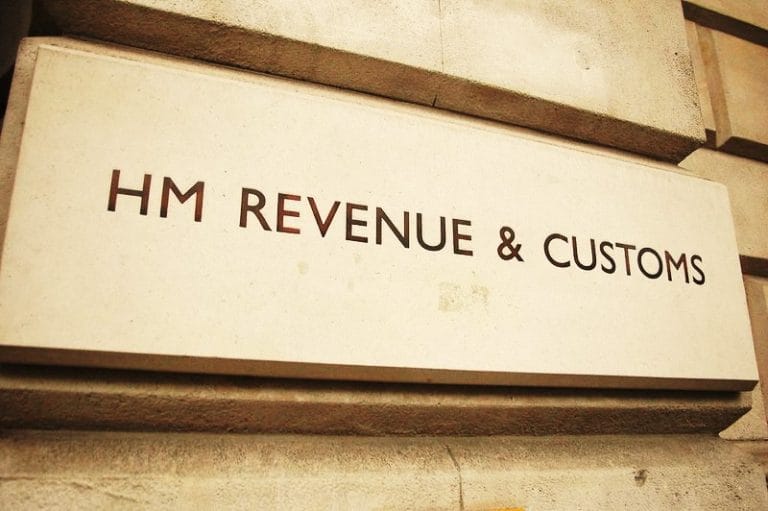🎧 Listen to This Article
New Powers Under Finance Act 2022 Allow Greater Transparency in Tackling Tax Avoidance
Her Majesty’s Revenue & Customs (HMRC) has reiterated its authority to publish information about known tax avoidance schemes, along with details of the individuals and businesses involved in promoting, enabling, or supplying such schemes. This move is part of a broader strategy to deter participation in avoidance arrangements and safeguard the UK’s tax base.
What HMRC Can Publish — and Why
Under the powers granted by the Finance Act 2022, HMRC may disclose names and details of promoters, enablers, and suppliers of tax avoidance arrangements. The primary aim is to:
- Warn taxpayers who may be considering involvement in marketed avoidance schemes;
- Encourage participants to exit existing schemes;
- Promote transparency and reduce the commercial viability of such arrangements.
The term tax avoidance schemes refers broadly to arrangements (including proposed ones) offered for a fee to individuals or employers, typically with the promise of reducing tax liability in a way that HMRC considers abusive.
For the purposes of this publication regime, promoters is used as a catch-all term and includes anyone involved in the promotion, marketing, or facilitation of these schemes.
Applicable Legislative Frameworks
Information may be published under several regimes:
- Promoters of Tax Avoidance Schemes (POTAS)
- Disclosure of Tax Avoidance Schemes (DOTAS)
- Enablers of Tax Avoidance legislation (Finance (No.2) Act 2017)
- Finance Act 2022 publishing powers
These frameworks provide HMRC with legal backing to share specific information with the public, even while investigations are ongoing.
What Type of Information May Be Disclosed
HMRC may publish a variety of details, including:
- Names of promoters, enablers, and other involved parties
- Information identifying the tax avoidance scheme itself
- Details of formal compliance or enforcement actions taken
- Relevant documents that assist in identifying schemes or those behind them
Such transparency is designed to inform taxpayers of potential risks, support voluntary compliance, and disrupt the market for tax avoidance services.
Important Caveats
HMRC emphasizes that:
- The published list is not exhaustive—other schemes and promoters may be under investigation but not yet disclosed.
- Omission from the list does not imply legitimacy—a scheme’s absence is not an endorsement or approval.
- HMRC does not approve or authorise any tax avoidance arrangements.
Professionals and taxpayers are encouraged to stay informed, seek independent advice, and consult HMRC guidance on spotting and reporting avoidance schemes.
Expert Analysis
This proactive publication policy represents a strategic shift from passive enforcement to public deterrence. By naming and shaming promoters, HMRC not only informs potential scheme users but also pressures intermediaries in the tax planning market to exercise greater caution. While the Finance Act 2022 expanded these powers, questions remain around due process and the reputational risks for those named during unresolved investigations.
Tax professionals should review client arrangements carefully and ensure compliance with disclosure regimes, particularly DOTAS and POTAS, to avoid regulatory scrutiny.
For further details, clarification, contributions, or any concerns regarding this article, please get in touch with us at editorial@tax.news. We value your feedback and are committed to providing accurate and timely information. Please note that our privacy policy will handle all inquiries.



